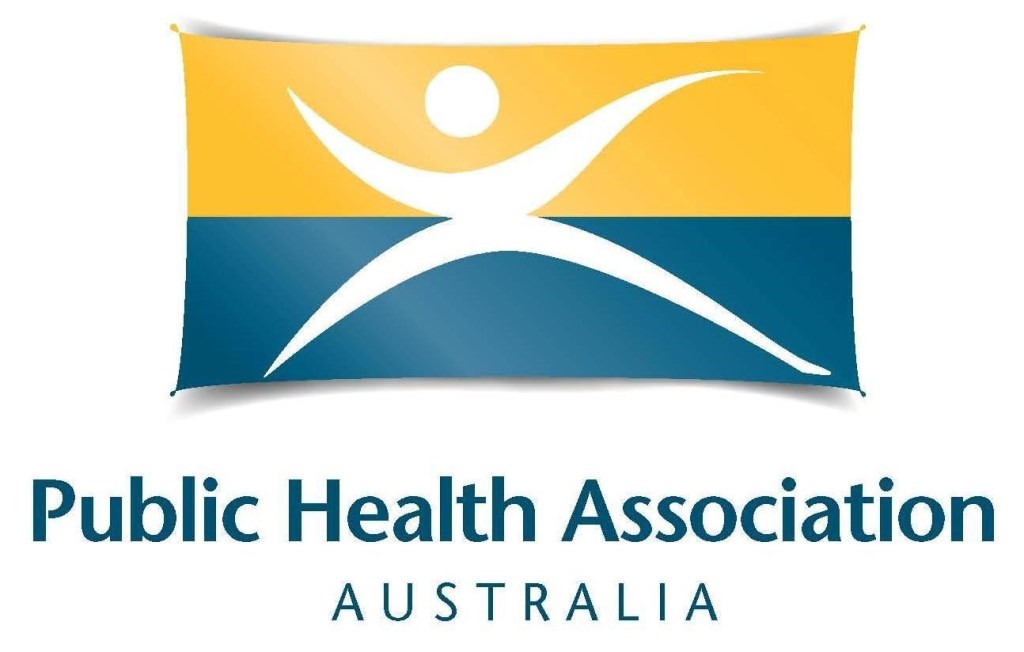Dr Mark Robinson, Institute for Social Science Research, University of Queensland and School of Health and Wellbeing, University of Glasgow; Dr Sarah Callinan, Centre for Alcohol Policy Research, La Trobe University, Australia and Dr Nicholas Taylor, National Drug Research Institute, Curtin University
Five years after Minimum Unit Pricing (MUP) for alcohol was introduced in Scotland, the policy’s comprehensive evaluation program released its final report.
It presents a synthesis of findings from across 40 studies, making MUP in Scotland one of the most thoroughly evaluated public health policies in decades. This final report is of immense consequence in Scotland, providing key evidence to be considered by the Scottish Parliament in 2024. That’s when they’ll decide if the legislation should continue beyond its initial six-year ‘sunset clause’ period.
The report is also of interest across the world, including in Australia, where MUP has been introduced in the Northern Territory and where there are calls from the public health community to have the policy expanded across the country.
So what have we learned?
MUP is a useful and cost-effective policy to improve health and reduce health inequities.
MUP was implemented in Scotland on 1 April 2018. Retailer compliance was high and became standard practice quickly. There was an immediate increase in the average price per unit of alcohol, and sales of alcohol below £0.50 per unit largely disappeared. This wasn’t seen elsewhere in Great Britain, where MUP didn’t apply. The purported threat of mass cross-border purchasing diluting any effects of the legislation, an argument strongly pushed by the alcohol industry, was unfounded.
Coinciding with the increased alcohol prices was a decrease in alcohol consumption. Based on alcohol retail sales, the most valid and reliable data source, MUP led to a three per cent reduction in alcohol consumption at the population level. The fall was particularly driven by the drop in sales of alcohol that was cheap (pre-MUP) relative to its strength, namely cider and spirits sold through the ‘off-trade’ (i.e. supermarkets and shops). Evidence from a range of data sources showed that the greatest reductions in consumption were amongst those households purchasing the most alcohol, with little impact on households purchasing at lower levels. There was no effect on alcohol sold through pubs and clubs (the so-called ‘on-trade’).
Robust analyses of administrative health records found that MUP was associated with a 13 per cent reduction in deaths and a four per cent reduction in hospital admissions entirely caused by alcohol (e.g. alcoholic liver disease). The largest reductions were seen in men and those living in the 40% most deprived areas. These findings provide strong evidence that MUP not only improves population health, but also narrows alcohol-related health inequities.
MUP is necessary, but not sufficient by itself
The key evidence from the MUP evaluation therefore suggests it represents a ‘best-buy’ alcohol control policy. However, these high-level findings mask the diverse, and sometimes conflicting, findings that emerged from the evaluation. For example, there was no evidence to suggest that MUP in Scotland affected (positively or negatively) alcohol-related ambulance call-outs, emergency attendances, or alcohol-related crime. Although not as easily or robustly measured as deaths or admissions, these are important indicators of alcohol health and social harms that MUP was hypothesised to affect.
While the evidence suggests that alcohol consumption among non-dependent harmful drinkers reduced, a study of drinkers engaged with alcohol services did not suggest a reduction in their consumption overall. For some probable dependent drinkers on low incomes, qualitative evidence suggested that MUP may have intensified problematic behaviour, such as borrowing money or stealing to pay for alcohol, increased use of illicit drugs, and the consumption of stronger alcohol. Although there was no evidence suggesting these responses were prevalent or typical, these findings highlight that “People with alcohol dependence still need timely and high-quality treatment and wider support. MUP alone is not enough.”
Embedding evaluation is crucial
The comprehensive and robust nature of the MUP evaluation was no accident. The sunset clause embedded in the legislation was key to justifying the scale of investment and interest in the MUP evaluation. The legislation mandated that a ‘review report’ be submitted to Parliament after five years of operation before Parliament decides on its future by the end of its sixth year. Robust evaluation was a legal requirement; a must-have, not a nice-to have.
Furthermore, MUP’s evaluation built on a history of comprehensive monitoring and evaluation of Scotland’s multi-component alcohol strategy. This included the lauded MESAS (Monitoring and Evaluating Scotland’s Alcohol Strategy) program, which has been reporting annual estimates of population consumption and related health and social harms since 2010. As such, when MUP passed its final legal hurdle, after five years of industry opposition, much thinking and preparation to design and commission the MUP evaluation framework was already done.
Through strong governance, excellent leadership, and transparent communication, the Public Health Scotland team has provided an exemplar for others undertaking public policy evaluations. The use of multiple, robust data sources, counterfactuals, and sensitivity analyses provided confidence in the results from population-level quantitative studies.
This was complemented by qualitative studies across a wide range of groups potentially affected by MUP, which provided the depth to understand the policy’s implications at the individual level. The synthesis of findings across this diverse array of studies has been guided by methods recommended for complex interventions and overseen by an independent expert advisory group. As Scottish parliamentarians, and others, discuss and debate the findings, they can be confident in the credible evaluation approach that produced them.
Implications for Australia
For public health advocates, researchers, and policymakers seeking to inform, enact, or evaluate minimum pricing for alcohol in Australia, or for those tasked with leading public policy evaluations more generally (such as the new Australian Centre for Evaluation), insights from Scotland’s MUP experience will prove invaluable.
Image: Eeshan Garg/Unsplash
Editor’s note: Fourth-last paragraph updated on 11/7/23 to correct error.


Leave a Reply